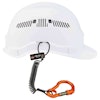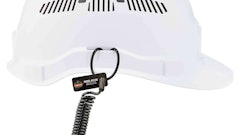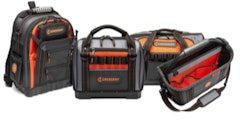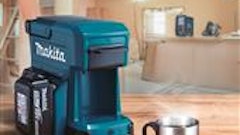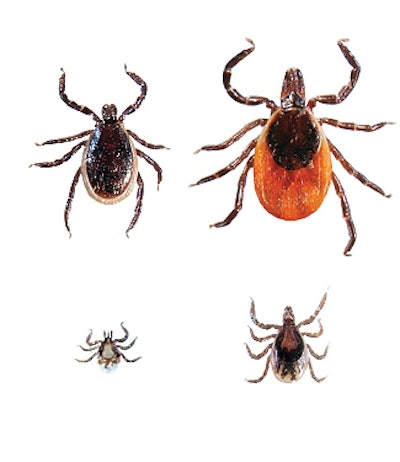
Most people are aware of ticks and that they can transmit Lyme disease. And most people are aware that ticks often live in the woods or areas of long grass. That doesn't mean that construction workers shouldn't be on the alert for ticks on the jobsite.
Here are four tips from Insect Shield, a manufacturer of repellent work clothing, to help keep employees protected during the tick infested summer months.
-
Remove Ticks Safely
To safely remove attached ticks, first disinfect the area with an alcohol swab. Next, using a pointy tweezer, grab the tick "head" as close to the skin as possible and simply pull straight out. Remember to disinfect the bite site again after pulling the tick out.
-
Encourage Daily Tick Checks
The best time to do a full body tick check is right after ending outdoor activity. A more convenient time would be as you prepare to shower or bathe before going to bed. Prompt removal of most species of ticks can prevent transmission of tick-borne pathogens. It takes more than 24 to 36 hours of attachment for nymphal deer ticks to transmit Lyme disease bacteria, and even longer to transmit Babesia parasites.
-
Wear Tick Repellent Clothing
If possible, wear tick repellent clothing. Insect Shield's EPA-registered technology converts clothing and gear into effective and convenient insect protection.
-
Identify and Avoid Tick Habitats
Shady, wooded and weedy edges are favorite spots for ticks to hang out. Avoiding tick habitats can be difficult but there are plenty of ways - such as always walking in the middle of maintained trails - to limit tick encounters.
Be aware of areas where ticks may be present on the construction jobsite. And even it the site doesn't seem to have wooded or weedy areas, since you spend most of your day outdoors, a daily tick check is still a good idea.
Check out video of the above tips as well.
Tickencounter.org offers more information and safety tips including a tick identification chart.
The Center for Disease Control (CDC) also offers tips for tick safety.




